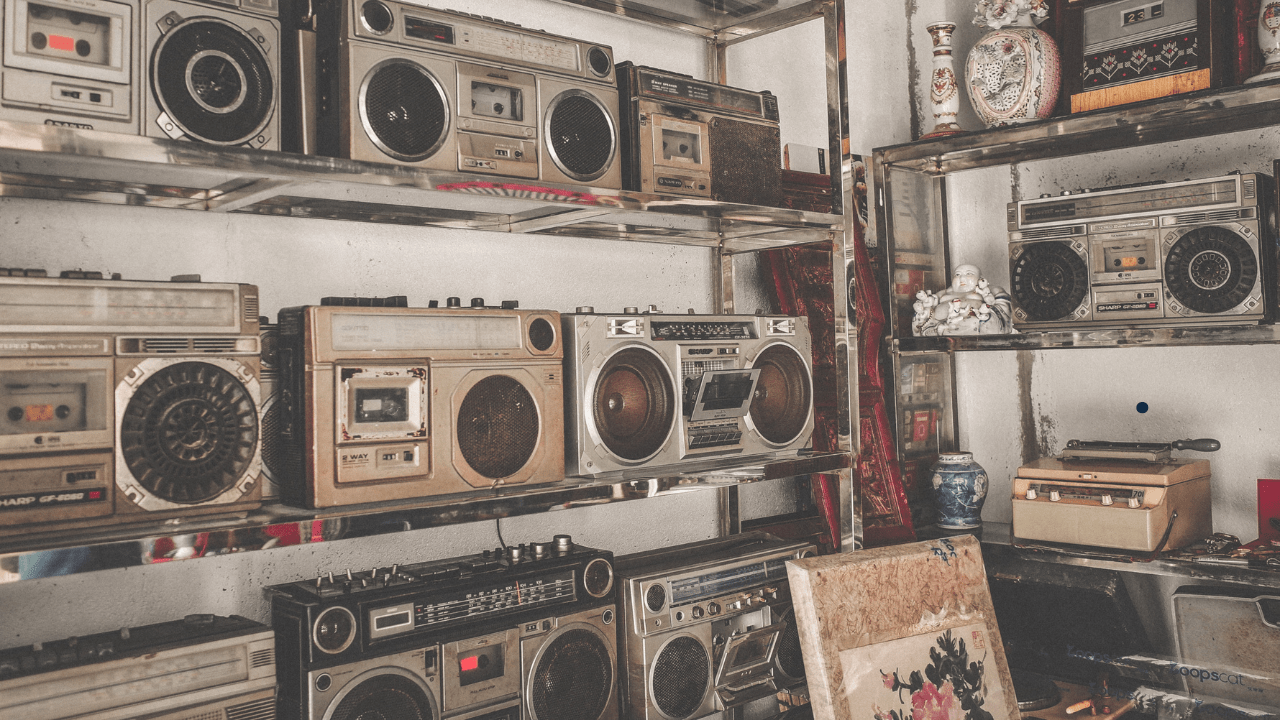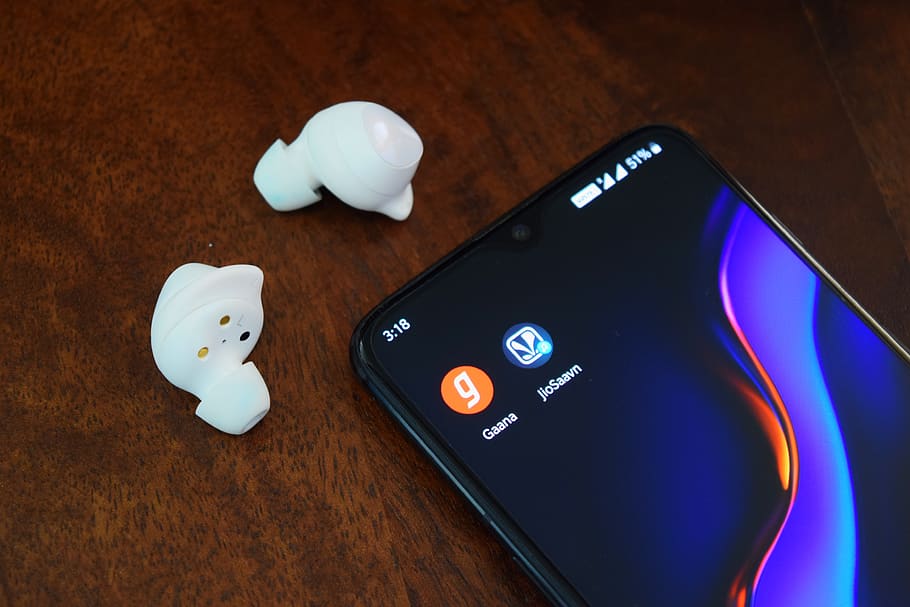Understanding Mono and Stereo Speakers
If you’ve ever thought about buying speakers or sound systems, you’ve probably come across the terms mono and stereo. (mono vs stereo speakers)These terms can seem technical, but they’re actually quite simple. At their core, mono and stereo refer to how sound is played through speakers.
- Mono speakers play sound from a single channel. This means all the audio you hear comes from one source.
- Stereo speakers use two channels, usually left and right, to create a sense of direction and depth. This makes it feel like the sound is coming from multiple places.
In this blog, we’ll explain mono vs stereo speakers in the easiest way possible, dive into their pros and cons, and help you decide which one fits your needs best.
What Is Mono Sound?
The word “mono” comes from “monophonic,” which means “one sound.” When you use mono speakers, all the sound you hear is combined into one single channel. No matter how many speakers you use in a mono system, they all play the same sound.
Mono sound is straightforward and simple. It’s often used when the focus is on clarity, like in public announcements or voice recordings. For example:
- When you’re at an airport or train station, the announcements are usually in mono. This ensures that everyone hears the same message clearly, no matter where they’re standing.
- Older devices like radios and early record players also used mono sound because it was easier to produce.
What Is Stereo Sound?
“Stereo” comes from “stereophonic,” meaning “solid sound.” Unlike mono, stereo sound splits the audio into two channels: left and right. When you listen to stereo speakers, you’ll notice that certain sounds come from the left speaker, others from the right, and some from both. This creates a sense of depth, making the sound feel more realistic and alive.
Stereo is great for music, movies, and gaming because it makes you feel like you’re in the middle of the action. For example:
- When you listen to a song, the vocals might come from the center, while the guitar plays from the left and the drums from the right.
- In a movie, stereo sound helps you hear footsteps approaching from the left or a car zooming by from the right.
How Do Mono and Stereo Speakers Differ?
To make things clear, let’s break down the main differences between mono speakers and stereo speakers.
| Feature | Mono Speakers | Stereo Speakers |
|---|---|---|
| Number of Channels | Single channel | Two channels (left and right) |
| Sound Depth | Flat and uniform | Rich and directional |
| Best For | Public speaking, podcasts, small devices | Music, movies, gaming |
| Cost | Generally more affordable | Can be pricier depending on quality |
| Setup | Simple | Requires positioning and calibration |
Why Choose Mono Speakers?
Mono speakers may sound simple, but they are incredibly useful in certain situations. Let’s explore why mono could be the right choice for you.
1. Perfect for Clarity
Mono speakers ensure that everyone hears the same sound. Whether you’re giving a speech or playing announcements, mono keeps the audio consistent for all listeners.
2. Affordable and Easy to Use
Mono systems are often more budget-friendly than stereo. You don’t need fancy setups or expensive gear. Just plug and play!
3. Great for Podcasts and Audiobooks
For content that focuses on voice, like podcasts or audiobooks, mono speakers are ideal. They deliver clear and direct sound without unnecessary distractions.
4. Compact and Portable
Mono speakers are usually smaller, making them great for outdoor use or small spaces. Think about portable Bluetooth speakers – many of them use mono sound to keep things simple.
Why Choose Stereo Speakers?
If you love immersive experiences, stereo speakers are the way to go. Here’s why stereo might be your best bet:
1. Rich and Dynamic Sound
Stereo sound brings music and movies to life. You’ll feel like the singer is performing in front of you or that you’re sitting in the middle of a movie scene.
2. Best for Music Lovers
Most modern music is recorded in stereo. With stereo speakers, you can hear all the details, like the guitar strumming on the left and the bass thumping on the right.
3. Home Entertainment
For watching movies or playing video games, stereo speakers create a surround-like effect, making your experience more exciting.
4. Versatility
Stereo systems can handle everything from soft background music to loud party anthems. They’re a versatile choice for any occasion.
The Science Behind Mono and Stereo Sound
Let’s take a closer look at how sound travels in mono and stereo systems:
- Mono Sound: Imagine you’re standing in a room with one light bulb. The entire room is lit evenly. Mono works in a similar way – all the sound comes from one source, lighting up the room uniformly.
- Stereo Sound: Now imagine two light bulbs on either side of the room. One is red, and the other is blue. Together, they create a mix of colors, making the room look more vibrant. Stereo sound uses two sources to create a fuller and more colorful audio experience.
Real-Life Uses of Mono and Stereo Speakers
Mono Speakers in Action:
- Public Announcements: Airports, schools, and events use mono speakers to ensure everyone hears the same message.
- Small Devices: Many smart home devices like Amazon Echo or Google Nest use mono sound for voice clarity.
- Podcasts and Radio Shows: Since the focus is on speech, mono is preferred for simplicity.
Stereo Speakers in Action:
- Home Theaters: Movies feel more dramatic with stereo sound.
- Live Music: Concerts use stereo setups to replicate the live experience.
- Gaming: Gamers love stereo speakers for their ability to place sounds in the game world.
How to Decide: Mono or Stereo?
Choosing between mono vs stereo speakers comes down to what you need. Ask yourself:
- What’s Your Main Use?
- If you need clear sound for speeches, podcasts, or public spaces, go for mono.
- For music, movies, and gaming, stereo is the winner.
- What’s Your Budget?
- Mono speakers are usually cheaper and easier to set up. Stereo systems can be pricier but offer a richer experience.
- How Much Space Do You Have?
- Mono speakers are compact and portable, perfect for small spaces.
- Stereo speakers require more room to position them properly.
Mono vs Stereo: Which Is Better for You?
To make it easier, here’s a quick summary:
- Choose Mono If:
- You prioritize simplicity and clarity.
- You’re on a budget.
- You need audio for public announcements or small devices.
- Choose Stereo If:
- You want an immersive experience.
- You love music, movies, or gaming.
- You’re setting up a home entertainment system.
Fun Facts About Mono and Stereo
- The first-ever stereo recording was made in 1931 by Alan Blumlein, a British engineer.
- Mono sound is still widely used today, even in modern devices like smartphones.
- Some vinyl records are available in both mono and stereo versions – collectors love comparing the two!
Wrapping It Up
Whether you choose mono speakers or stereo speakers, understanding their strengths and differences will help you make the right choice. Mono is great for simplicity and clarity, while stereo brings depth and excitement to your audio.
At the end of the day, the decision depends on what you value most. Are you all about immersive soundscapes or practical solutions? Whatever your choice, enjoy the sound journey!
Related Articles:
For further reading, explore these related articles:
- Best Mic for Singing: Your Complete Guide to Picking the Perfect One
- Snapchat Music: Making Stories Sound Better
- How to Make a New Song: A Beginner’s Journey
For additional resources on music marketing and distribution, visit Deliver My Tune.




















Leave a Reply